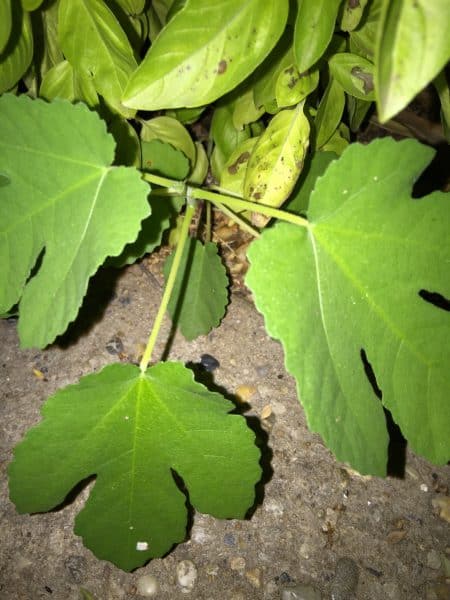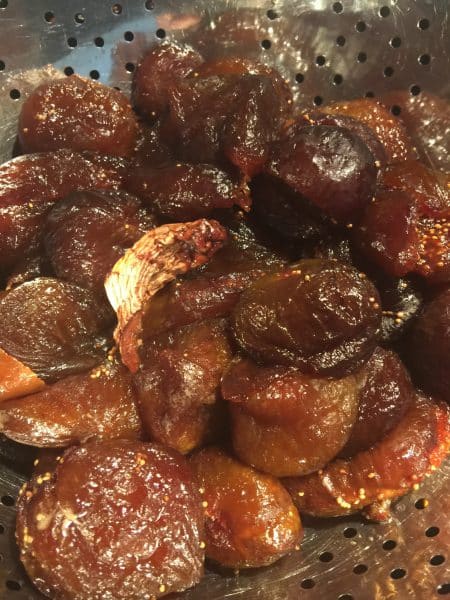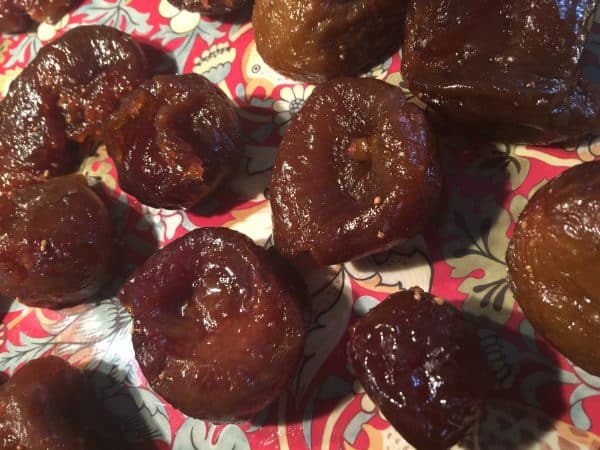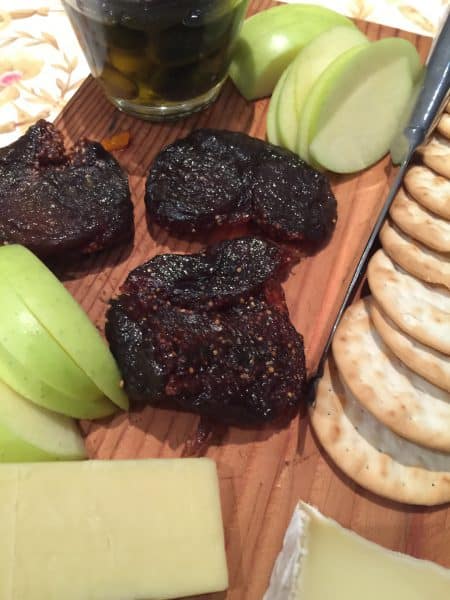What’s Cooking?… Dried Fig Preserves
Isn’t it funny how things go in and out of fashion!
Years ago, many people had a fig tree in their back yards. They seemed to survive on neglect along with Feijoa trees (also known as pineapple guava). The fig trees were planted, or were the offspring of bird guano. These often wound up coming out of cracks in concrete or right along fence lines, where, once they were established took hold very quickly.
They could be relied upon to survive no matter what, but if they also found a good source of water, would provide a good crop of figs at the end of summer or beginning of autumn and sometimes at other unpredictable times. This meant that they could provide a source of jam or preserves or dried figs for winter.
Having said that, these days, figs have become a luxury fruit. No longer, do people hold the fig tree close to their heart – or their back yard for that matter. Here, figs can be quite expensive in the shops and only available for a short time. Unfortunately they are delicate and do not transport well – hence the price.
So, if you are lucky enough like me to have one in close vicinity, in your garden, a neighbours or some neglected pathway, don’t overlook these ancient, wonderful and unique fruits.
This recipe is inspired by my son, who told me about some dried figs he ate once, where no sulphites were used for preservation. These are a delicious and easy way to preserve figs. They make a fantastic addition to a cheese platter, or home-made fruit cake, dipped in chocolate or just as a snack. Maybe you will have an a glut of figs? I hope you get a chance to make them one day.
This is how I do it.
Ingredients
Method





